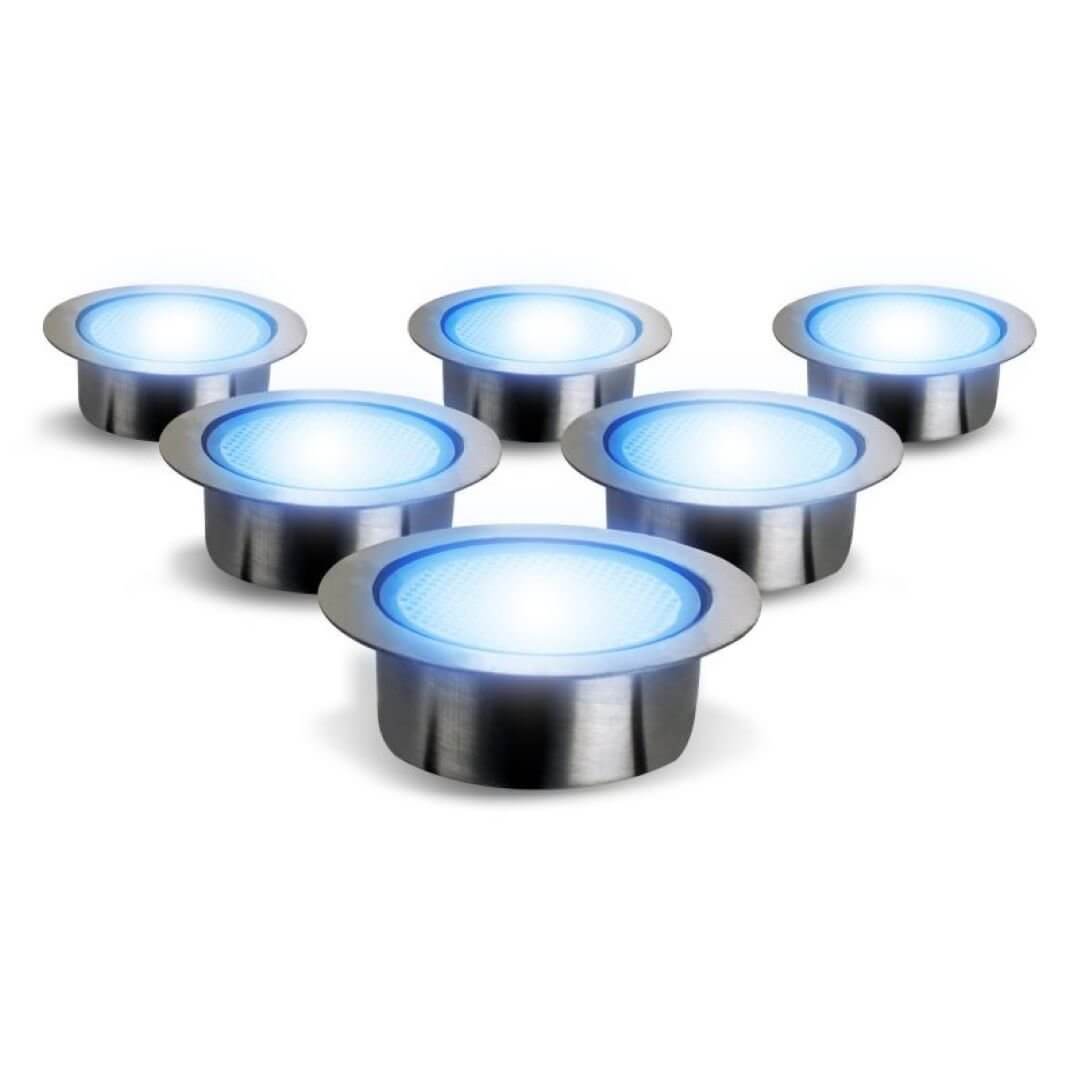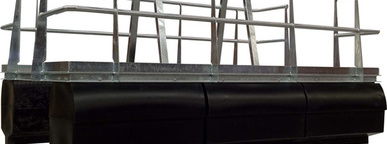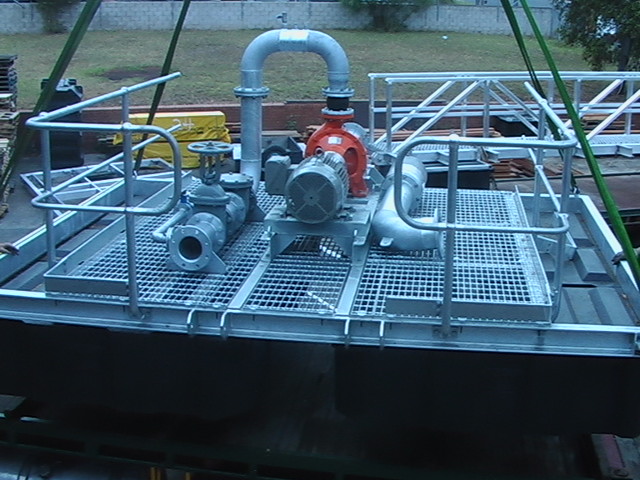
Saturation diving is a specialized form of diving of the 3,300 commercial divers employed in the United States in 2015, 336 were saturation divers. Most of the physiological and medical aspects of diving to the same depths are much the same in saturation and bell-bounce ambient pressure diving, or are less of a problem, but there are medical and psychological effects of living under saturation for extended periods.

Saturation divers typically breathe a helium–oxygen mixture to prevent nitrogen narcosis, and limit work of breathing, but at shallow depths saturation diving has been done on nitrox mixtures. By limiting the number of decompressions in this way, and using a conservative decompression schedule the risk of decompression sickness is significantly reduced, and the total time spent decompressing is minimised. This may be maintained for up to several weeks, and divers are decompressed to surface pressure only once, at the end of their tour of duty. When not in the water, the divers live in a sealed environment which maintains their pressurised state this can be an ambient pressure underwater habitat or a saturation system at the surface, with transfer to and from the pressurised living quarters to the equivalent depth underwater via a closed, pressurised diving bell. Saturation diving takes advantage of this by having divers remain in that saturated state. Once the dissolved gases in a diver's tissues reach the saturation point, however, decompression time does not increase with further exposure, as no more inert gas is accumulated.


A diver breathing pressurized gas accumulates dissolved inert gas used in the breathing mixture to dilute the nitrogen to a non-toxic level in the tissues, which can cause decompression sickness ("the bends") if permitted to come out of solution within the body tissues hence, returning to the surface safely requires lengthy decompression so that the inert gases can be eliminated via the lungs. It is a diving mode that reduces the number of decompressions divers working at great depths must undergo by only decompressing divers once at the end of the diving operation, which may last days to weeks, having them remain under pressure for the whole period. Saturation diving is diving for periods long enough to bring all tissues into equilibrium with the partial pressures of the inert components of the breathing gas used. Saturation diver conducts deep sea salvage operations.


 0 kommentar(er)
0 kommentar(er)
